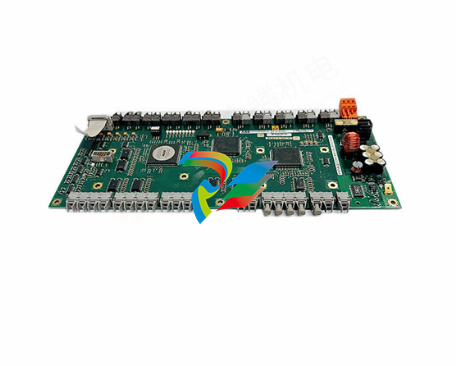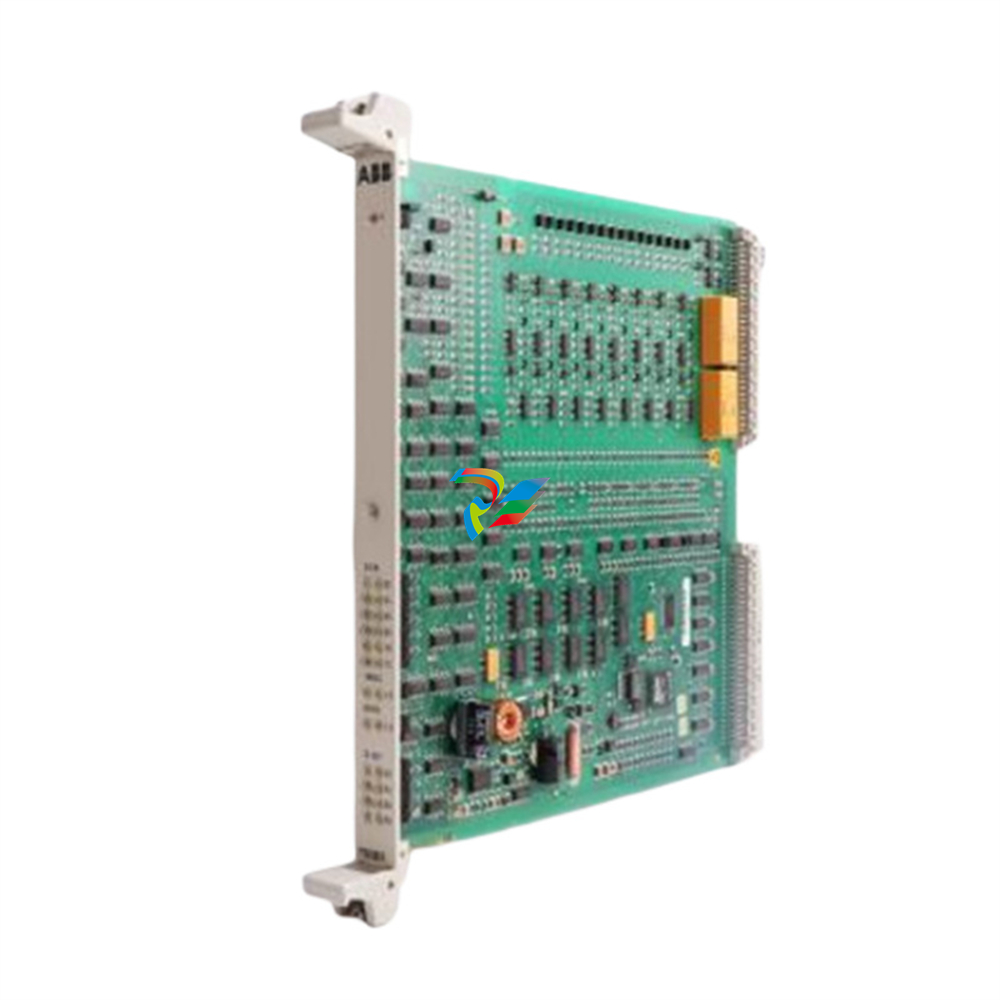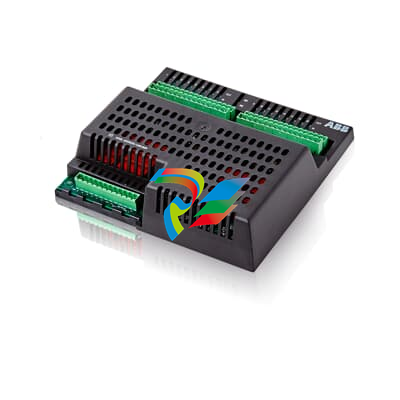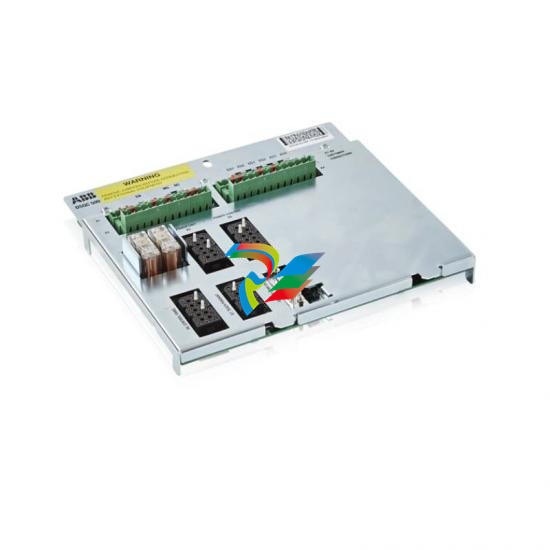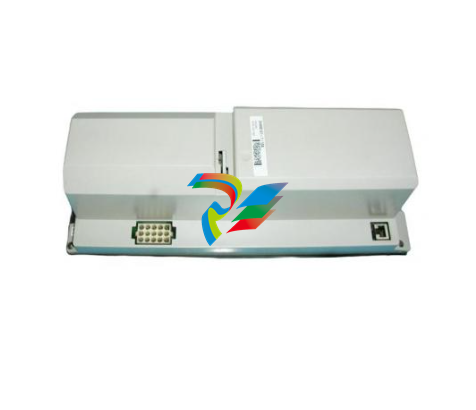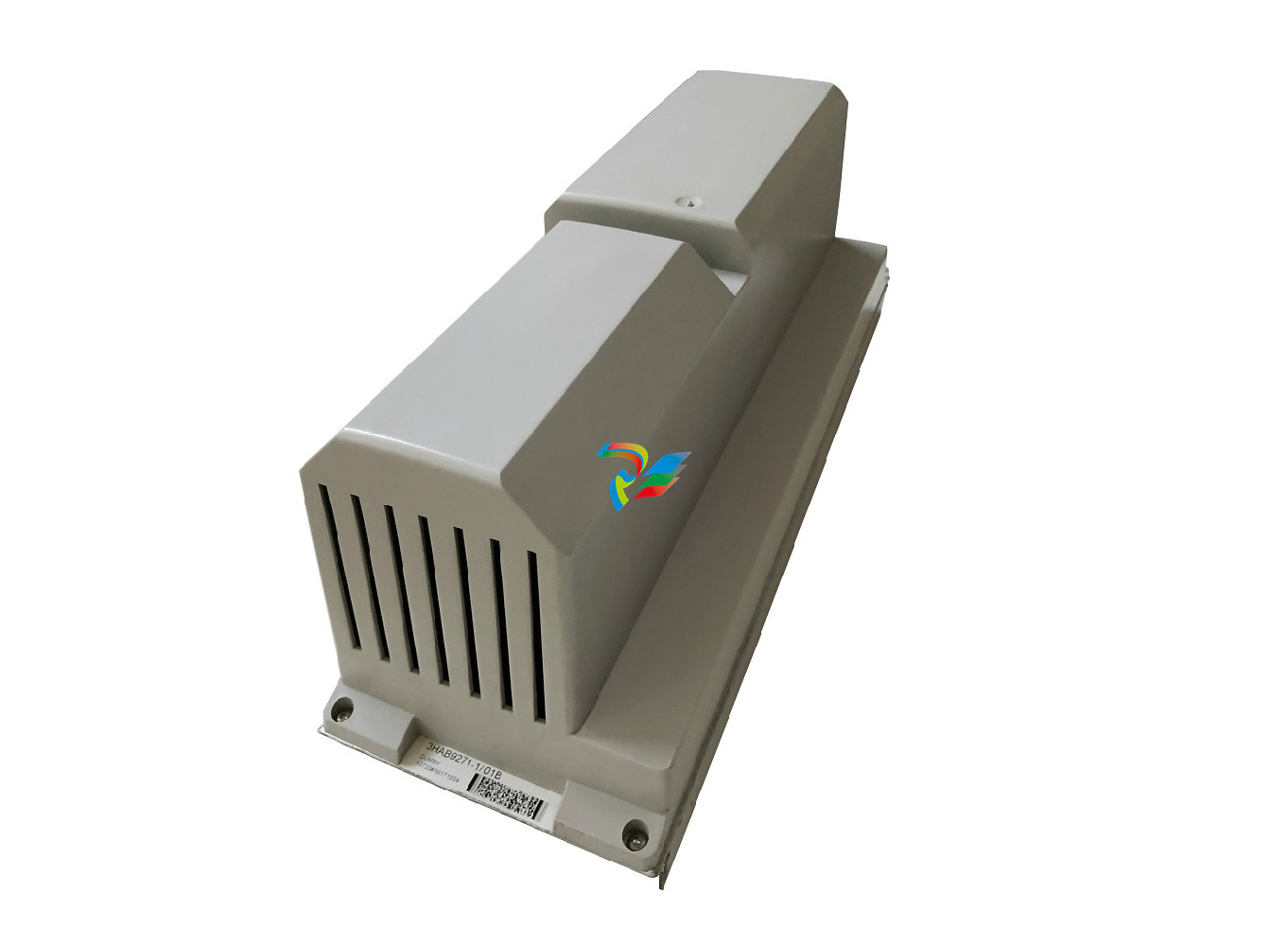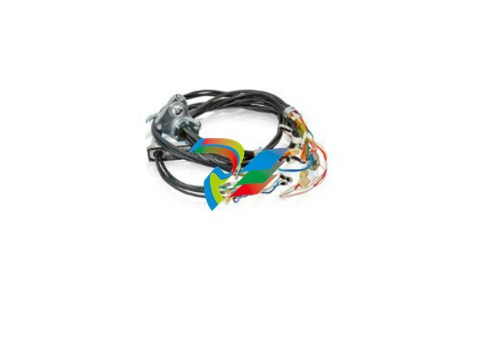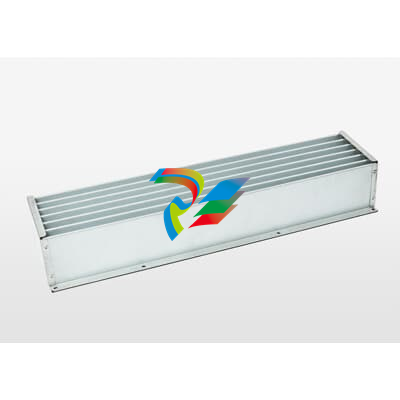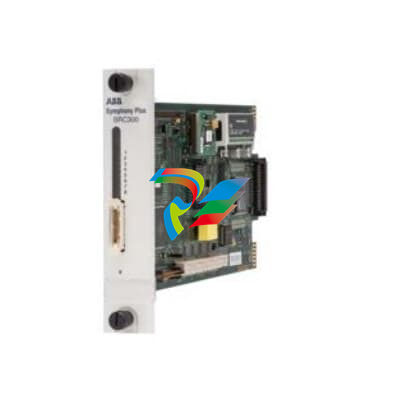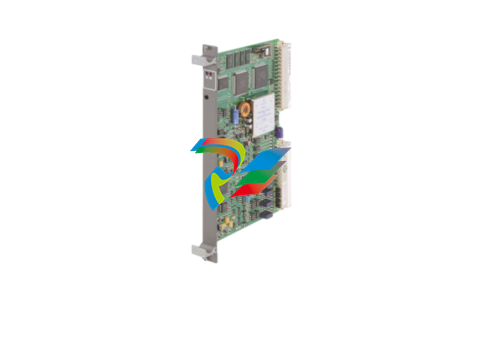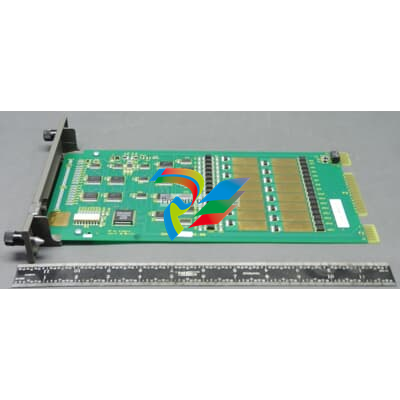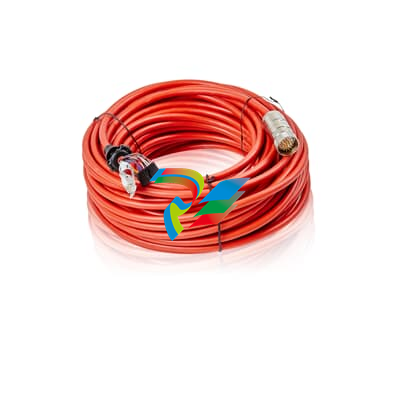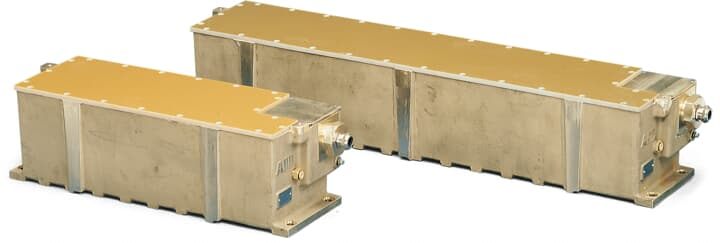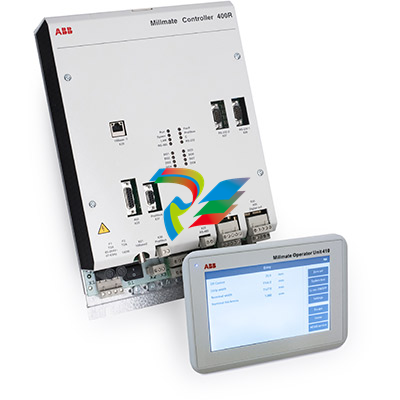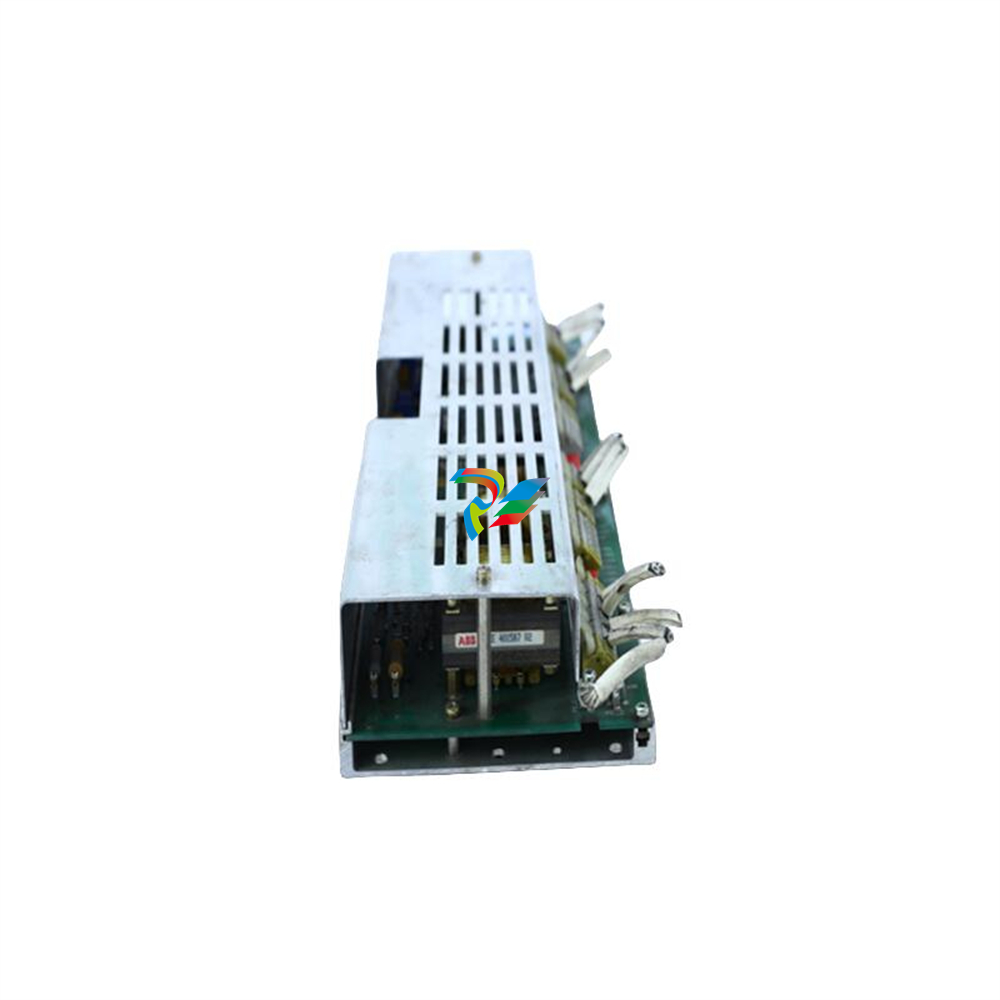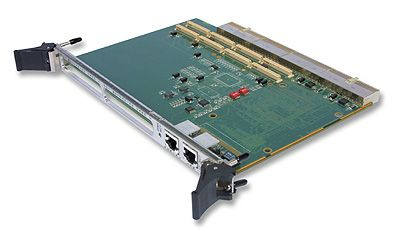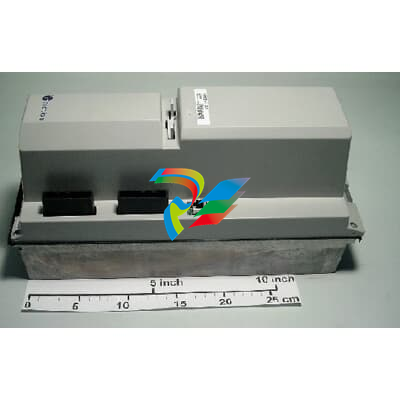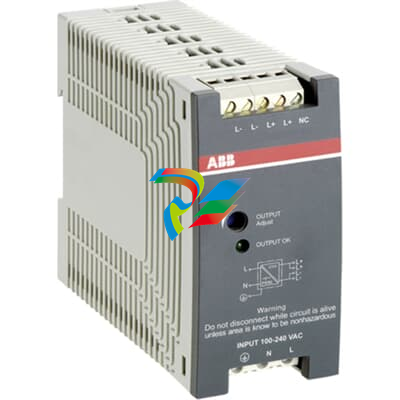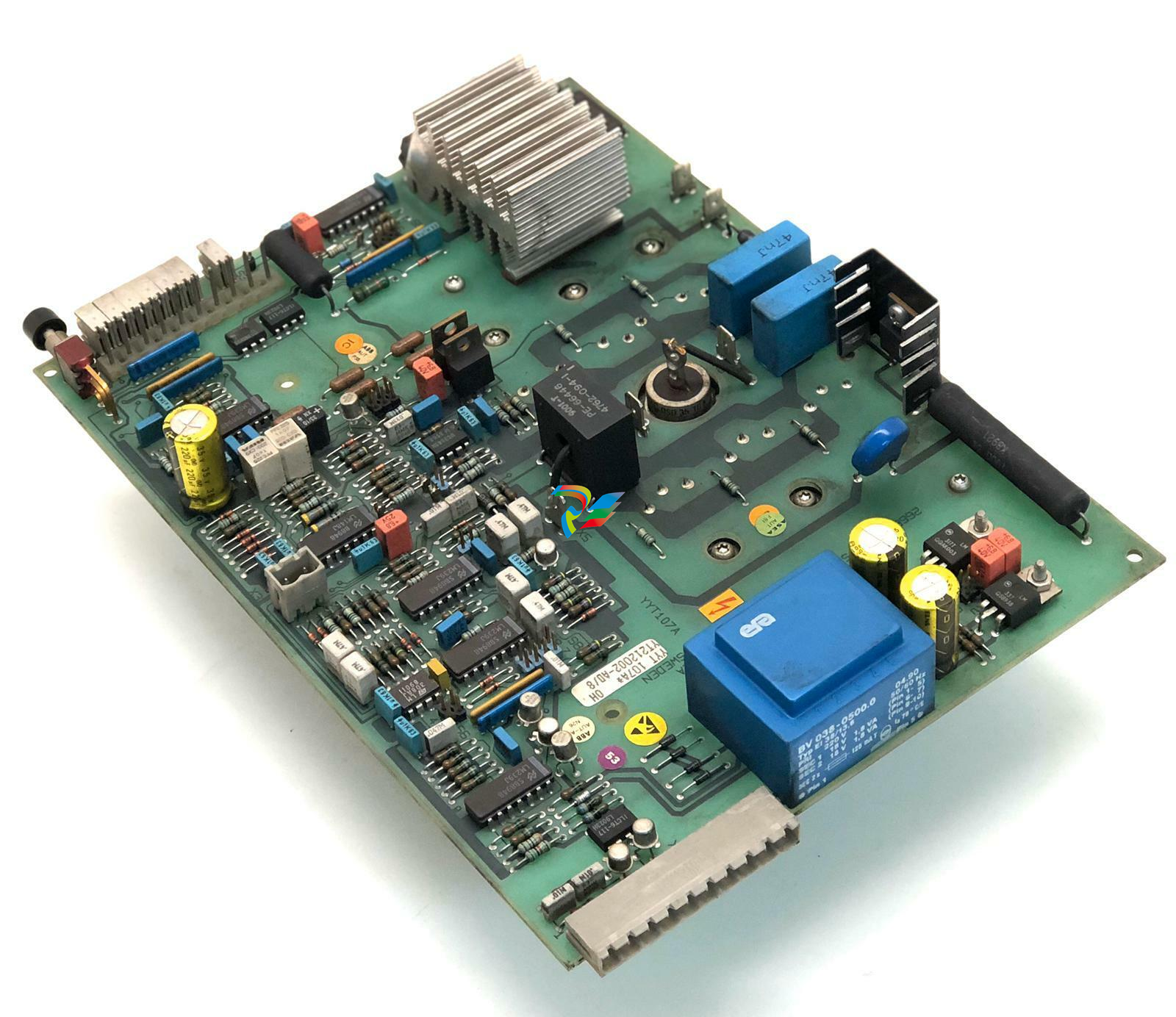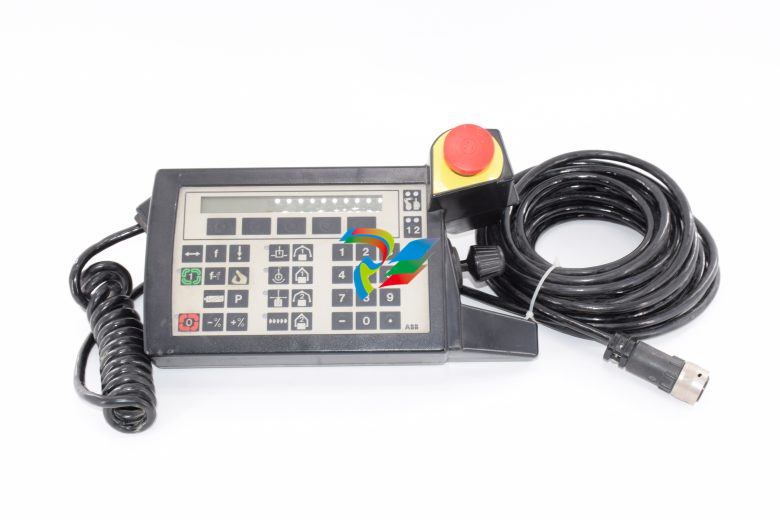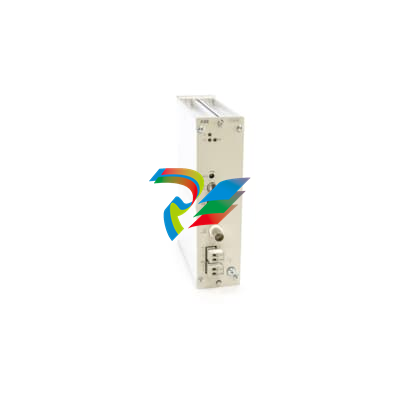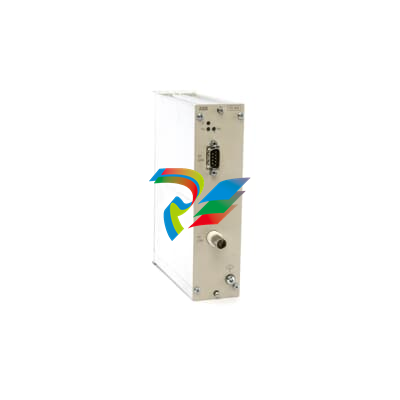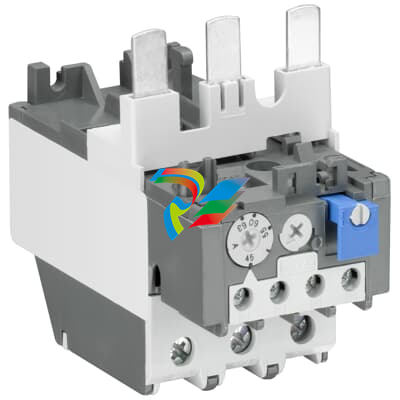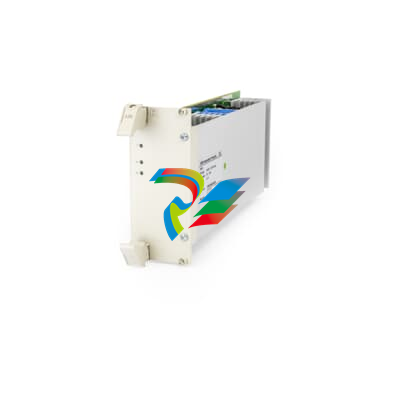
NIDECUnimotor hd, Unimotor fm, NT Series and XV Series 0.9 - 1,204 lb-in (0.11 - 136 Nm) 230 V | 460 V Servo Motors
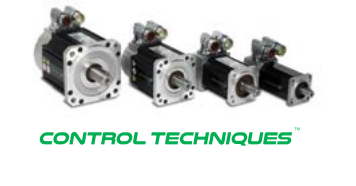
A Servo Motor for Every Application
Performance Advantage
Unimotor fm
Designed for flexible configuration for use in a wide range of
applications. A high inertia option is available.
• Voltage Rating: 230 V/460 V
• Continuous Torque: 10.6 to 1,204 lb-in (1.2 to 136 Nm)
• Feedback Choices: Resolver, incremental and absolute
encoder with multiple connector options
• Frame Sizes (with NEMA flange options): 75, 95, 115,
142 ,190 and 250 mm
• Ratings: IP65, UL, CE and RoHS
Unimotor hd
Compact low-inertia servo motor for high-dynamic applications
• Voltage Rating: 230 V/460 V
• Continuous Torque: 6.4 to 752 lb-in (0.72 to 85.0 Nm)
• Feedback Choices: Resolver, encoder and absolute encoder
• Frame Sizes: 55, 67, 89, 115, 142 and 190 mm
• Ratings: IP65, UL, CE and RoHS
NT Series
Compact NEMA or metric flange motors
• Voltage Rating: 230 V
• Continuous Torque: 7.5 to 56 lb-in (0.85 to 6.3 Nm)
• Feedback Choices: Incremental encoder
• Flying Lead Option
• Frame Sizes: English (NEMA 23 or 34) or Metric (IEC-72-1)
• Ratings: IP65, UL and RoHS
XV Series
Economical metric motors
• Voltage Rating: 230 V
• Continuous Torque: 0.9 to 101 lb-in (0.11 to 11.5 Nm)
• Frame Sizes: 40, 60, 80 and 130 mm
• Ratings: IP55 and IP65, UL, CE and RoHS
Shaft seals standard on Unimotor hd, Unimotor fm
and NT series motors
Reliability and Innovation
Control Techniques designs its products using a proven
development process that prioritizes innovation and reliability.
This process has resulted in Nidec's market-leading reputation for
performance and quality.
Control Techniques offers a wide range of reliable servo motors
designed to meet specific application requirements. When
matched to a Control Techniques' brand servo drive product
(Unidrive M, Digitax ST, Epsilon EP or MDS servo drive), the
resulting drive/motor combination provides an optimized system
in terms of ratings, performance, cost and ease of use.
Today, businesses of all sizes are searching for partners who
understand the unique demands of today’s global economy.
Time and again they turn to Control Techniques. With our
world-class brands, broad industry experience and extensive
global presence, Control Techniques is uniquely positioned to
deliver cost-effective solutions for the ever-changing industrial
manufacturing market
A Wide Range of Rugged and Reliable Servo Motors
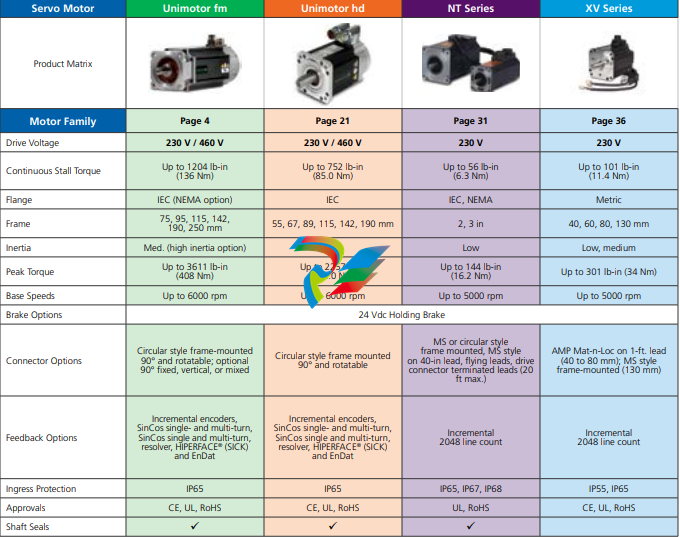
Why Motion Customers Choose Nidec's Motion Control Solutions..
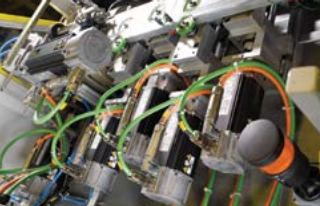
A full line of servo motors up to 1200 lb-in
• Single-source motion control lowers total system costs
• Complimentary software offers the ultimate programming
capability and greatly reduces programming time
• Multiple fieldbus options including EtherCAT, EtherNet/IP,
Modbus TCP/IP and more
• High-speed, peer-to-peer communications
• 8 feedback types supported as standard
• Integrated programs eliminate need for PLC
• Drive and Automation Center support
• Zero-space internal EMI and dynamic braking resistor options
• AC drives with closed-loop vector control and sensorless
rotor control
Selecting the Right Motor for the Right Drive
Control Techniques' drive and motor combinations provide an
optimized system in terms of ratings, performance, cost and
ease-of-use. You can manually select the system components
using the following steps, or download the SERVOSoft® sizing
software which includes our Control Techniques' servo drive and
motor data.
1. Determine the application’s continuous and peak torque
requirements at various motor shaft speeds, then refer to
motor data tables and the visual reference overview to help
determine which motor family will be most appropriate for
the application.
2. Once the motor family is selected, use this brochure to select
a specific motor model that delivers the required torque and
speed. Make note of the continuous and peak current (Amps)
requirements of the selected motor.
3. Check the specification tables in the Control Techniques'
individual drive brochures for Digitax ST, Epsilon EP, Unidrive
M or MDS servo drives to select the drive model that delivers
adequate continuous and peak torque for the selected motor.
4. Refer to the Servo Motor Cables section of this brochure to
select the motor power and feedback cables for the selected
motor and drive.
5. Confirm that the ratio of rotor inertia to load inertia is <10:1
load inertia/rotor inertia <10
Note: A gear reducer will reduce the load inertia based on
the following equation:
Reflected load inertia = load inertia/gear ratio2
Note: When specifying a motor system, be sure to consider
such options as user-interfaces (HMI), braking resistors and
other options and accessories that will enhance the system’s
performance and value.
Electronic Nameplates
Some motors fitted with high-resolution SinCos or absolute
encoders are pre-loaded with the motor “electronic nameplate”
data during the manufacturing process. This data can be
read by most Control Techniques' brand servo drives and


































































































